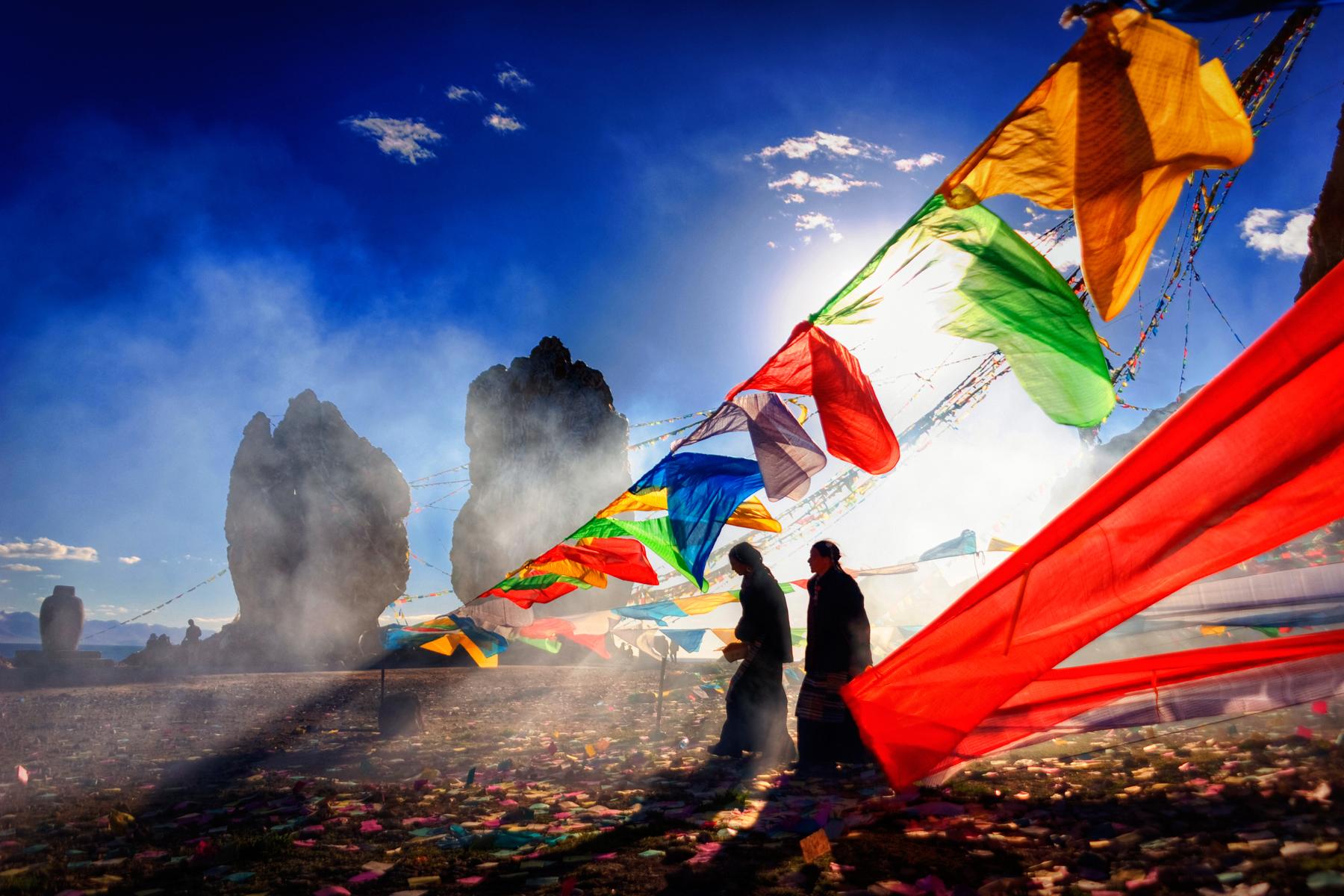
Tibet: Simmering Discontent and Discord
Fri, 25 Sep 2020 | Reading Time: 6 minutes

It has been over sixty years since Communist China occupied Tibet. Ever since then, she has been acting as per a fixed plan and system to wipe out the Tibetan practice of Buddhism and alter their culture. All of this is happening through making changes in the demography of the land and the draconian imposition of communist ideology.
Today, Tibet is not the place that most Tibetan refugees in India would perhaps think of. No words can describe their conditions; ‘Chinesised’ is perhaps a new word that can be coined for the same. The Tibet Autonomous Region, as Tibet is known after annexation by China, gives a semblance of any other part of China. Chinese flags flutter atop all buildings – residential, religious, and official; in fact, they must be hoisted the highest. It is also rather painful to learn that many Tibetan girls have been made to marry Chinese men. Over the years, the Tibetan Language has been relegated and Mandarin promoted. Chinese is a compulsory language in all schools. In light of the foregoing, the name Tibet does not signify anything Tibetan; it is only for the namesake.
It will be prudent to dwell on the ground situation in Tibet and how the Chinese rule it to discern the qualitative and quantitative nature of dissent, among Tibetans against China. Tibet is administered directly by the Chinese Communist Party, though decision-making authority is vested in party officials based in Lhasa. Fundamental rights are denied to Tibetans and dissent is crushed with a heavy hand; any manifestations of uniquely Tibetan religious beliefs or practices are simply not tolerated. Migration from other parts of China to Tibet is encouraged by Beijing with the intended objective of subjugating Tibetans and their way of life. There were plans to increase settlement by ethnic Chinese by the end of this year, by as high as thirty percent. Chinese officials control all major Tibetan and Buddhist learning institutions, and engage in forced indoctrination of the people. Such premises are invariably under surveillance to monitor visitors and residents alike. And if that is not all, arrangements have reportedly been put in place to monitor individual movements of all Tibetans by way of facial recognition technology.
In Tibet, possession of a photograph of the Dalai Lama is a crime, as is any communication with any functionary of the Tibetan government in exile at Dharamshala. There are no political opportunities for ethnic Tibetan, on the contrary, any attempt to raise voice against the Chinese Communist Party is vehemently suppressed. In addition to the foregoing, media reports are indicative of harsh restrictions on news media in Tibet. While the internet and social media platforms are available, any sharing of politically sensitive information leads to arrest and heavy penalties. Online censorship and monitoring systems are stringently used to detect people who do not support Beijing’s subjugation policies. The truth is, Tibetan cultural expression is viewed as synonymous to separatism.No wonder that scores and scores of Tibetan authors, intellectuals, and even musicians have been imprisoned. In other words, there is aggressive interference in every facet of Tibetan life. Torture is an everyday reality in Tibet and a climate of fear exists perpetually.
India has been a silent spectator to the developments in Tibet. In fact, India also surrendered her jurisdiction over an area in Tibet to the Chinese. In the late eighteenth century, Minsar, a small village near Mount Kailash paid taxes to the kingdom of Ladakh. During the nineteenth century, when Ladakh was incorporated into Maharaja Gulab Singh’s State, Minsar de facto became a part of the Jammu & Kashmir state and the residents of Minsar paid revenue to Jammu & Kashmir. In October 1948, when Jammu & Kashmir acceded to India, Minsar was to become a part of India. However in 1953, when the spadework for the Panchsheel Agreement started, India was apprehensive of raking up the Minsar issue with China and unilaterally renounced its claim over it. It was surmised that there was no point discussing Minsar because the Chinese would have viewed it as a stumbling block. Minsar was thus handed to the Chinese on a platter.
India has been playing a defensive and reactive role vis-a-vis China. In the past whenever China stated or claimed anything, India acquiesced in the hope that there would be no further encroachment and cordial relations between the two countries would be established. With Chinese sinister designs in Tibet being ignored, the problems for India have kept increasing. It will not be presumptuous to state that India’s problems with China are on account of the Chinese occupation of Tibet. Without that, perhaps things would have been different. We do not share any border with Tibet presently because Tibet, as an entity is not there. In the light of the aforesaid, the issue open to debate is, if it is time to change our policy towards Tibet. Such a debate will have to factor in the aspect of ramifications.
Going as per media reports, a decision was taken by President Xi Jinping during the course of a symposium on Tibet held in August this year, which was to come down heavily on any dissidence there and to make certain that communism is enforced in letter and spirit. This decision is indicative of Chinese designs to destroy Tibetan culture in its entirety. A three-pronged action plan to accomplish these goals was reportedly talked about. Tibetans would be allowed to practice Buddhism only on Chinese terms, similar to what people of other religious denominations are required to do so. The academic curriculum to be followed in Tibetan schools will be revamped by reinforcing communist ideology. And lastly, all likelihood of Tibetans being able to establish contact with the outside world will be curtailed by strengthening border defence. Obviously, it was the border with India that was in mind. Considering recent events along the Line of Actual Control in Ladakh and the timing of this symposium, such a policy outline for Tibet by the Chinese should not be viewed in isolation.
China’s renewed attempt in suppressing any form of Tibetan dissent is complementary to its advances along the Indo-Tibetan border. Military operations by the Chinese to nibble Indian Territory have continued unabated. India cannot be a mute spectator to Chinese claims over Arunachal Pradesh; it is an integral part of the Indian Union notwithstanding. Beijing’s diplomatic strategy by including Arunachal Pradesh as a part of China in their maps is something that India should violently object to. India cannot expect any better conduct by China; their hostile intentions have manifested themselves rather clearly in recent months. Their provocative actions are nothing but a direct challenge to India’s sovereignty and manifest a high degree of aggressive conduct by China.
In Tibetan, India is called ‘Gyagar Yul’ and China ‘Nag Yul’; the terms mean ‘White Country’ and ‘Black Country’ respectively. Semantics, both logical and lexical apart, the two terms signify the esteem that Tibetans traditionally have had for India and the contempt they have harbored against China. In that regard, it calls for reciprocation too. Indo-Tibetan relations are over 2,000 years old. Profound links can also be found in religious epics and texts. To illustrate the point, the Mahabharata refers to the actuality of a domain beyond the mighty Himalayas too. It was from India that Buddhism traveled to Tibet. Places like Mount Kailash and Mansarovar Lake certainly have a mutual place in the national visualizations of both the countries. The six decades-long Chinese foisting in Tibet, therefore, is insignificant when contrasted with the rich Indo-Tibetan traditions that have existed. It is this association that ought to be kept in mind.
If we delve into history, it was a failure on our part to not have viewed China as a threat to our sovereignty when she occupied Tibet and started knocking at our doors. But what has been done cannot be undone. However, India can certainly alter her rubrics to deal with Chinese belligerence. If Beijing does not regard Jammu & Kashmir as an integral part of India, why must she not have a similar approach towards Tibet? India’s focus should be to wrest back her territory that has been taken by China. As far as the border issue is concerned, it is redundant. China has no legitimacy to discuss it. India has traditionally shared a border with Tibet and any demarcation that is done will have to be in consultation with the Tibetan government.
The state of dissent that prevails among Tibetans against the Chinese should now be a moment of concern for India. With Chinese belligerence not showing any sign of decline, it will be apt to bring about an upheaval in the dragon’s underbelly. It is high time that China is handled differently. The rising dissent in Tibet against the Chinese is not simply a card that India can play; the issue is also twirled and plaited with the values of peace and liberty, central to any strategy to preclude Chinese warlike behavior. India’s reluctance to confront China on the issue of Tibetan dissent should be shed and Tibetans encouraged to raise their voice against China in India. To send appropriate signals to China, the Dalai Lama could be conferred with Bharat Ratna, the country’s highest award. There also should be no restrictions on his movement within the country just because Beijing will not appreciate it.
India, as a neighbour and friend of the Tibetan people, is morally obliged to act as an umbrella over them and their country. Today, the world opinion rests against China regarding multiple issues. Her nefarious role in concealing information on COVID-19 is now recognized by all nations. Over 125 countries have expressed their support for an international inquiry into the origin and causes of the spread of the COVID-19 pandemic. Most of them have also pledged support for sanctions against China and have indicated their willingness to stop business pursuits with and within China. The international community also understands that the Chinese leadership has attempted to alter the chronicle of her failures by diverting public wrath to other issues, most noteworthy of them being, engaging in hostilities with India and Taiwan, enforcement of new security regulations in Hong Kong, and unwarranted show of force in the South China Sea. Major Powers and most countries are having second thoughts about their policy on China and therefore, a change in India’s standpoint vis-a-vis Tibet will be taken well by the international community.
The views expressed are of the author and may or may not represent the views and policies of Chanakya Forum.
Disclaimer
The opinions expressed in this article are the author’s own and do not reflect the views of Chanakya Forum. All information provided in this article including timeliness, completeness, accuracy, suitability or validity of information referenced therein, is the sole responsibility of the author. www.chanakyaforum.com does not assume any responsibility for the same.
Chanakya Forum is now on . Click here to join our channel (@ChanakyaForum) and stay updated with the latest headlines and articles.
Important
We work round the clock to bring you the finest articles and updates from around the world. There is a team that works tirelessly to ensure that you have a seamless reading experience. But all this costs money. Please support us so that we keep doing what we do best. Happy Reading
Support Us




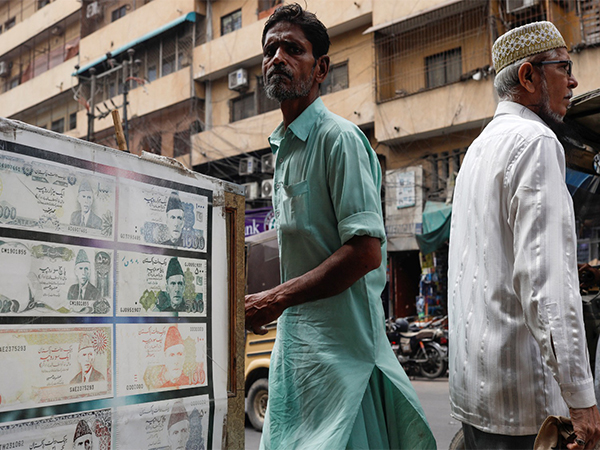
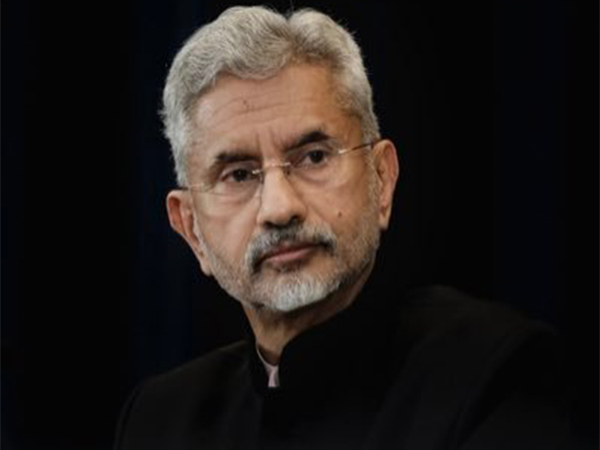

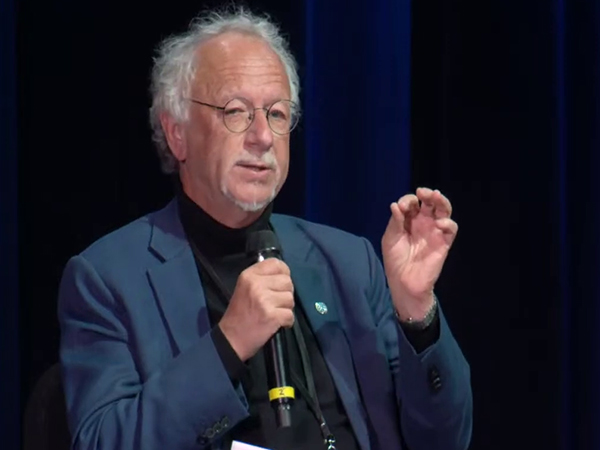




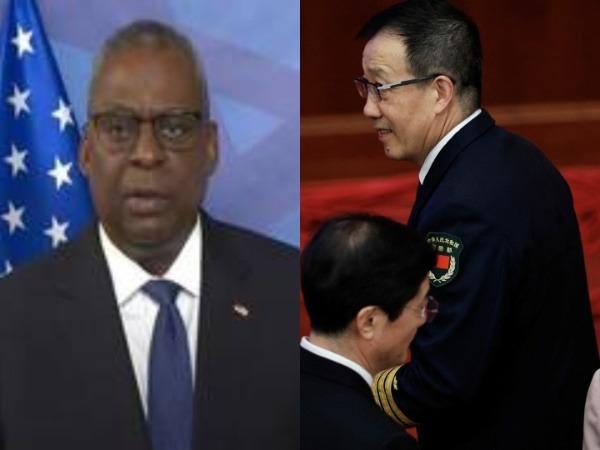
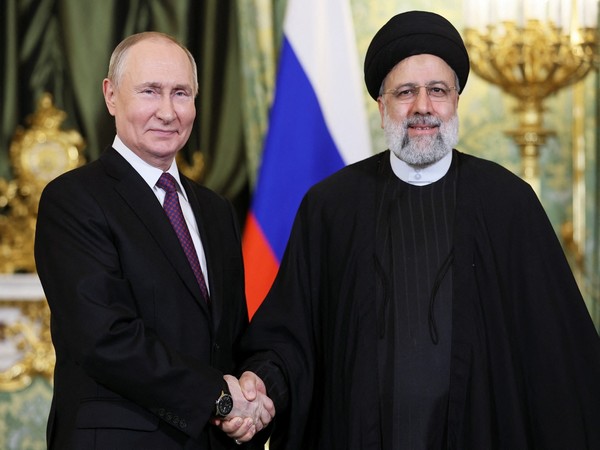






POST COMMENTS (1)
RC PATIAL